You may have noticed that car prices are going crazy. Some used vehicles with average mileage can go for the same price as a new car. Also, every new car or truck sells at sticker price or above.
The main driver of prices has been the computer chip shortage. Before the pandemic, vehicle sales hovered around 17 million units. In 2020, annual new vehicle sales were approximately 14.5 million. For 2021, sales were around 14.9 million. This means that about 4.5 million vehicles were missing from dealers’ lots over that two-year span. This is the supply side of the problem.
Auto Loans
The demand side of the pricing bubble has been driven by new consumer financing options. It is a lot easier to receive financing on expensive vehicles. In addition, longer loan terms and sub-prime financing options have put consumers behind the wheel of both used and new vehicles they could not afford a decade ago.
With federal interest rates so low, banks and financial intuitions are willing to make risky bets with longer terms and higher interest rates. As a result, in the past 10 years, auto loan debt has doubled to more than $1.4 trillion in 2021, according to the Federal Reserve of New York.
Since there is a shortage of new vehicles, the loans are funneled into the used car market. According to the Department of Labor, this has driven up used car prices by more than 40 percent in the past year.
When the Music Stops
We all know that this is not going to last. It will start with the Federal Banks increasing interest rates to control inflation. Then, the chip shortage will end, new car production will meet demand and used car prices will return to normal levels.
The owners of these used and new vehicles could be upside down in their loans, with the total due on the loan exceeding the vehicle’s value. In addition, since some of the loans are for seven to eight years, they will be stuck in their current vehicles for a long time. This is good news for independent repair facilities. Since owners can’t sell a vehicle before it hits the sweet spot for repairs, they will be forced to have the vehicle fixed instead of trading it in.
The long-term impact of this pandemic-induced frenzy has yet to be measured. In 2008, many thought that the crushing of almost 700,000 vehicles under the “Cash for Clunkers” program would have a direct impact on the aftermarket. But, I think the lost sales of nearly four to five million vehicles for the 2020 and 2021 model years might affect the aftermarket even more.

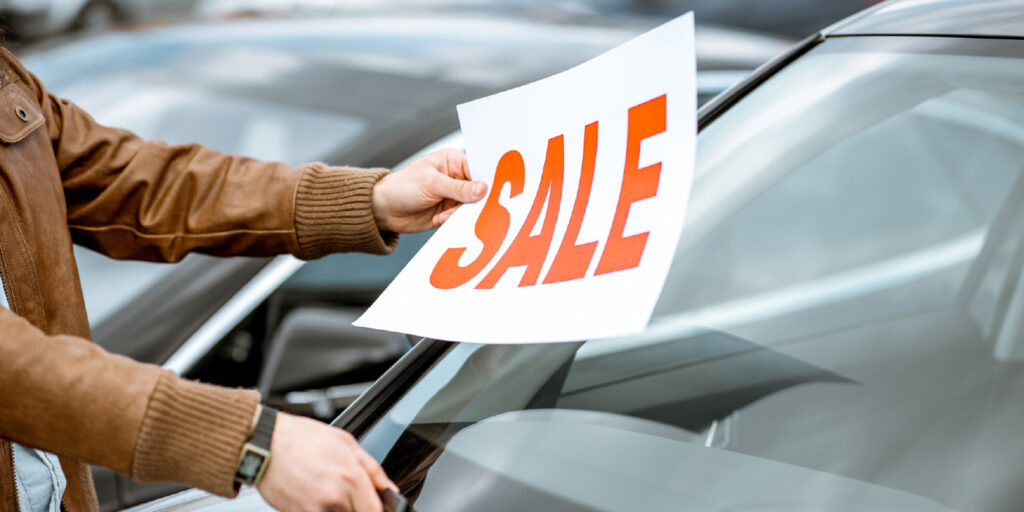
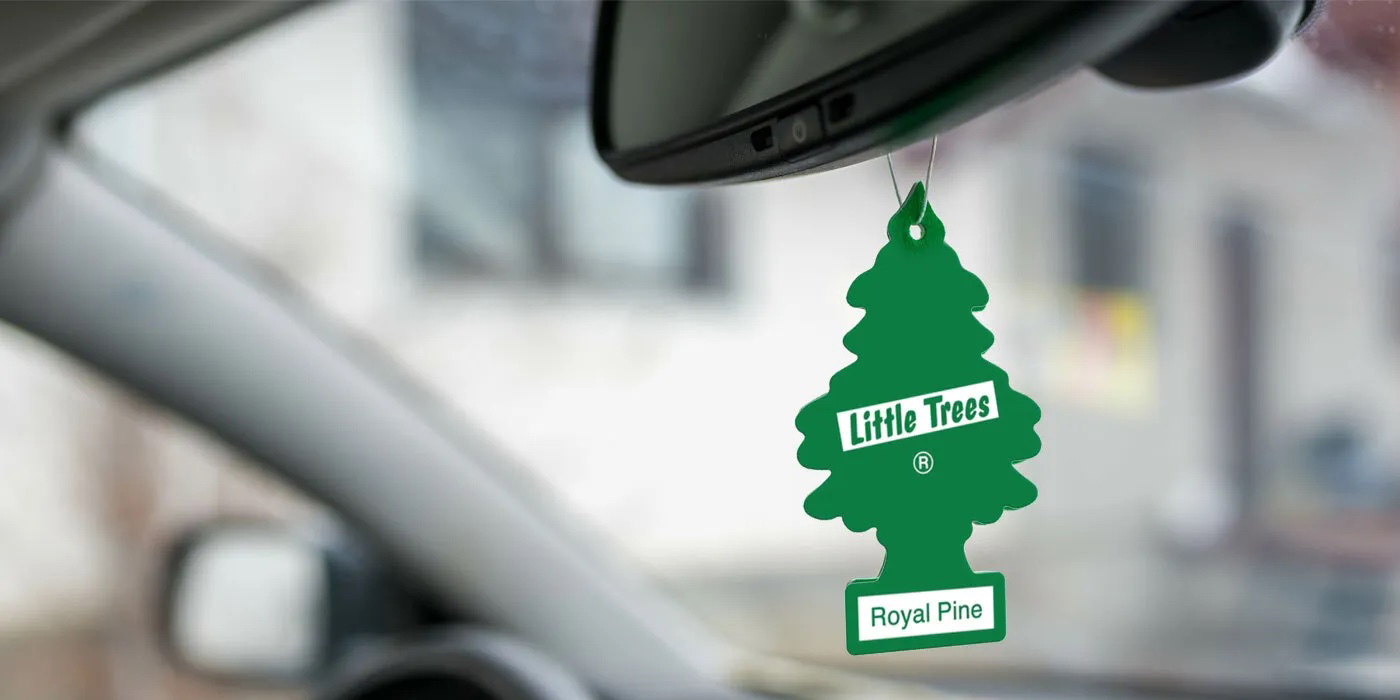

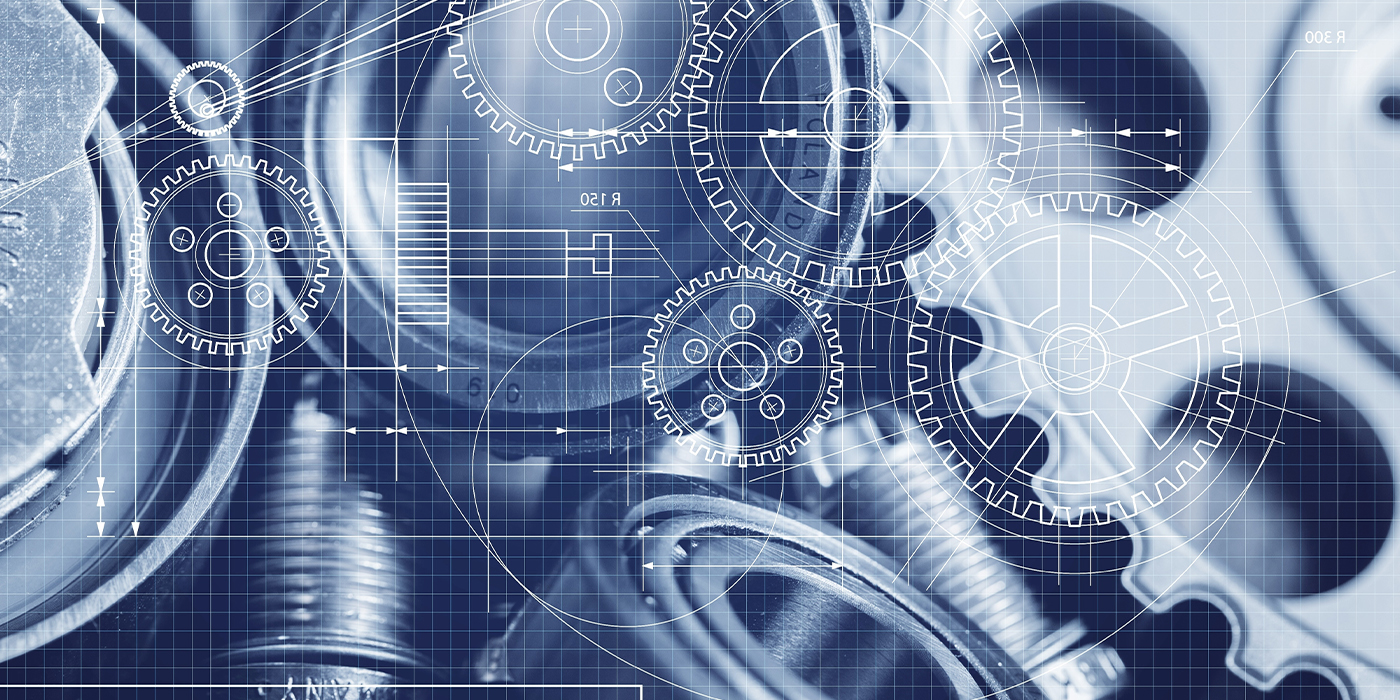

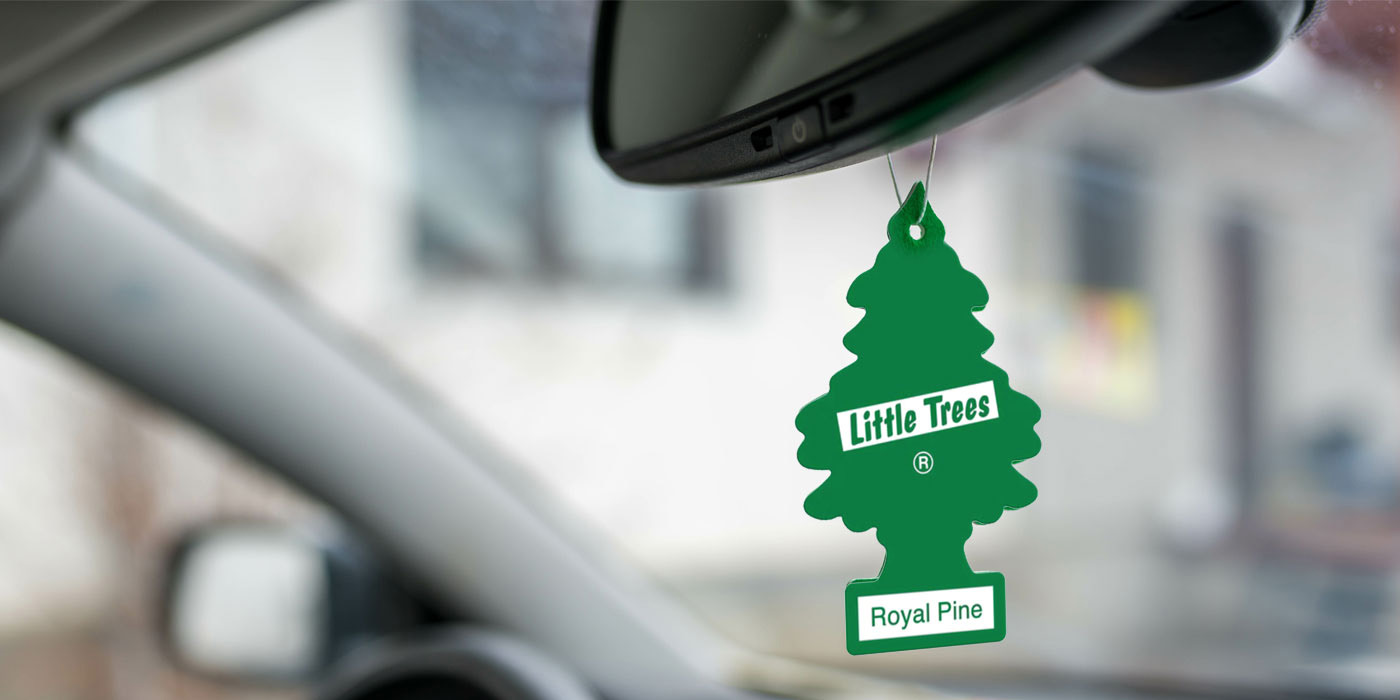
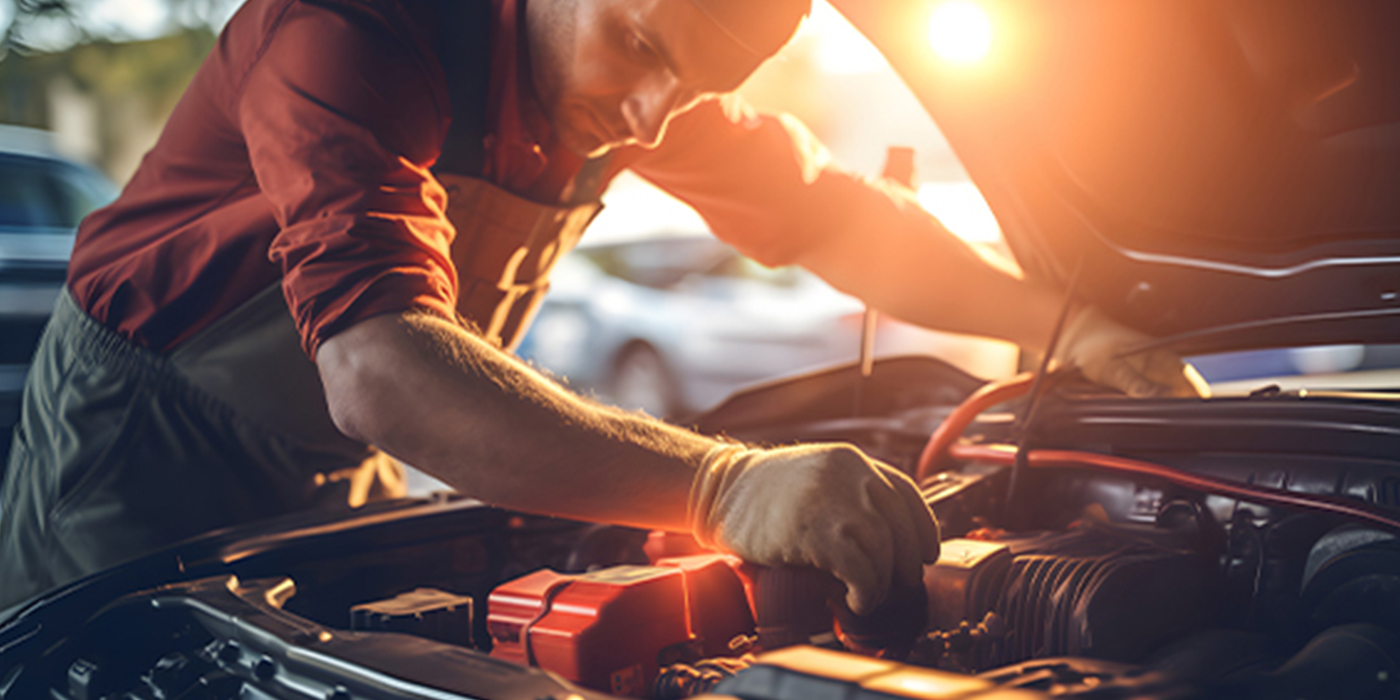


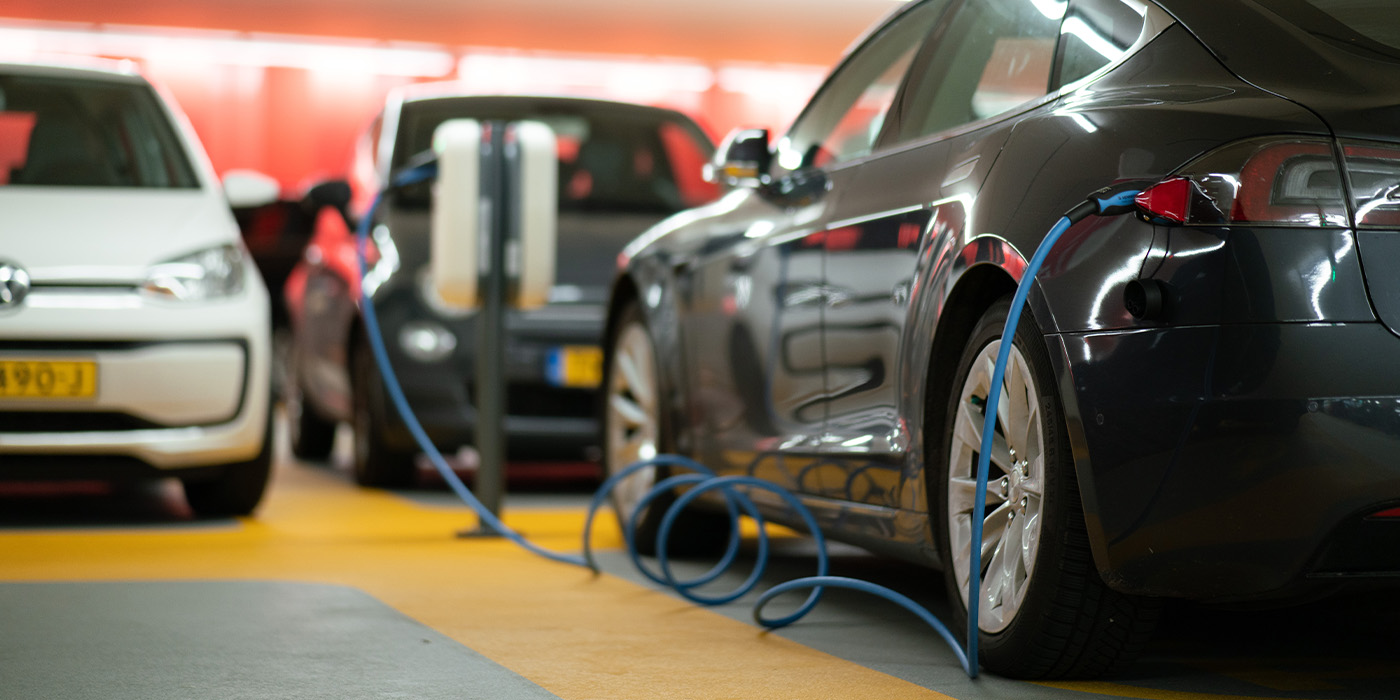

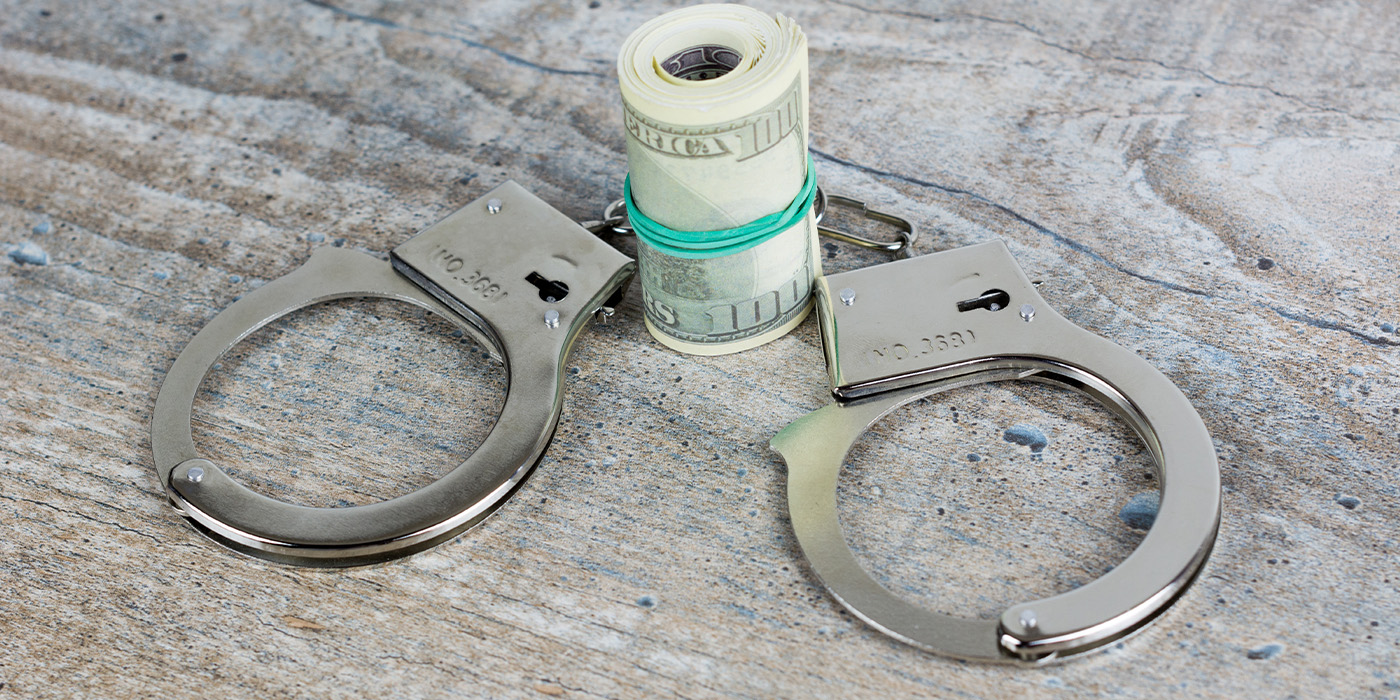

I once worked with a Romanian technician named Alex. He was a tiny guy who chain-smoked. His greatest fear was not a totalitarian dictator. It was fire and falling cars.
Back in those days, we used drop lights with incandescent bulbs. This was long before LEDs and rechargeable batteries. The bulbs would typically stop working when they were lightly jostled. If they were dropped, the glass bulb would shatter.